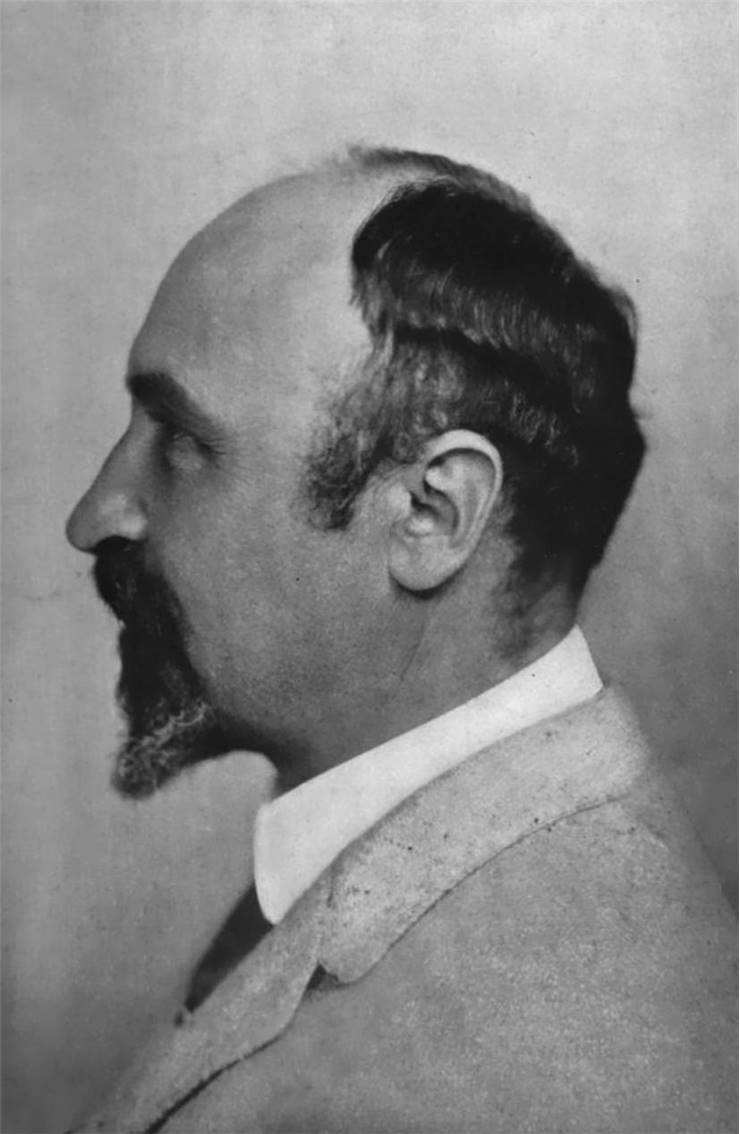Leo Baekeland and Invention of Bakelite
If Alexander Parkes was a father of the modern plastic, Leo Baekeland was a blacksmith who shaped it into form that everyone accepted it and started using it as a building material of million articles all across the world. His invention of Bakelite marked the start of the beginning of the modern plastics industry which today manufactures countless items that can be found everywhere, from household items to packaging, electronics, construction and aerospace.
Leo Baekeland was born on November 14, 1863 in Sint-Martens-Latem, Belgium, but has spent majority of his youth and young adult life Ghent, Belgium. There he graduated with honors from Ghent Municipal Technical School, attended University of Ghenthe and acquired a PhD in the field of electrochemistry (maxima cum laude at the age of 21). Three years after graduating he was appointed as Professor of Physics and Chemistry at the University of Bruges, but her returned to Ghent 1888 to work as Assistant Professor of Chemistry. There he met his wife (daughter of his professor) and started thinking about visiting United States during their honeymoon.

In 1889 they indeed went to New York where Baekeland met Richard Anthony who established his own photographic company. Intrigued by the useful inventions of Baekeland, he offered him a job and a competent laboratory where he could continue inventing. There in America Leo Baekeland worked both for Anthony and for himself, eventually managing to produce extremely useful and innovative photographic paper called Velox. In 1899 he finally managed to monetize this invention by selling Velox patent rights to entrepreneur George Eastman for 1 million dollars (who founded famous photographic imaging company Kodak 10 years earlier).
In early 1900s Bakeland turned his attention to rubber and synthetic resins. Seeing chemical advances that were made after the discovery of first plastic by Alexander Parkes some 20 years earlier, he started experimenting with polymers. First he combined phenol and formaldehyde, creating soluble phenol-formaldehyde shellac called "Novolak". This plastic compound never found popularity, but provided Baekeland with lots of experience. His next attempt proved to be much more successful. By precisely controlling reaction between phenol and formaldehyde, he created plastic product that he always dreamed off – Bakelite. This compound had all the properties that both chemist and industrialists wanted - it was cheap to produce, non-flammable, versatile, and could retain its form even when its heated (which made it perfect to be used in electrical devices).
Unlike Parkesine, Xylonite and Celluloid before it, Bakelite became instant success, appearing in thousands upon thousands accessories all across the world, from jewelry to bomber planes. But, it did not manage to remain popular forever – it went out of the fashion after the end of the WWII when chemist managed to create new plastic formulas (ABS, Lexan, etc.).
Leo Baekeland died on February 23, 1944 in Bacon, New York.
